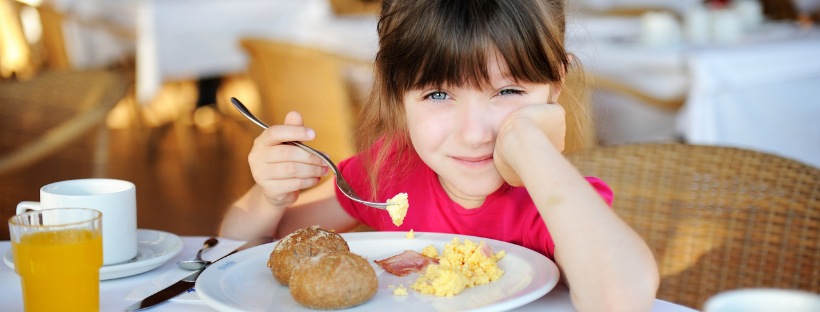Does Egg Yolk Color Impact Nutrition Quality?

Eggs come in a variety of colors (not just on Easter!). From the shell to the yolk, the color of your eggs may vary significantly from one to the next. Many people assume that egg yolk and shell color are reflective of quality, taste or nutritional value of the egg. When it comes to the shell, this is not the case. Shell color depends on the hen breed (find out more here). But what about the color of the yolk?
Yolk color is dependent on the hens diet, and specifically, carotenoid intake. Carotenoids are color pigments that give egg yolks their yellow-orange hue and have been linked to brain and eye health in humans. Hen feed can be enhanced with carotenoids (via carotenoid-rich extracts such as marigold and red pepper) which can lead to a darker yolk. Whether or not the carotenoids added for color enhancement lead to amounts that further impact human health is unknown. Regardless, egg yolks contain other important nutrients like choline, selenium or vitamin D (41 IU per large egg).
Similar to how the yolk color can be manipulated, the nutritional value of an egg can be influenced by the hens diet as well. This is the case with nutritionally enhanced eggs, where hens are fed a diet enriched with specific nutrients like vitamin D or omega 3. Wondering if the different housing systems impact egg nutrition? Check-out our post Are free-range eggs more nutritious?
References:
Jang I, et al. Effects of Dietary Lutein Sources on Lutein-Enriched Egg Production and Hepatic Antioxidant System in Laying Hens. J. Poult. Sci. 2014;51:58-65.
Heflin LE, et al. Mineral content of eggs differs with hen strain, age, and rearing environment. Poultry Science.2018:1605-1613



